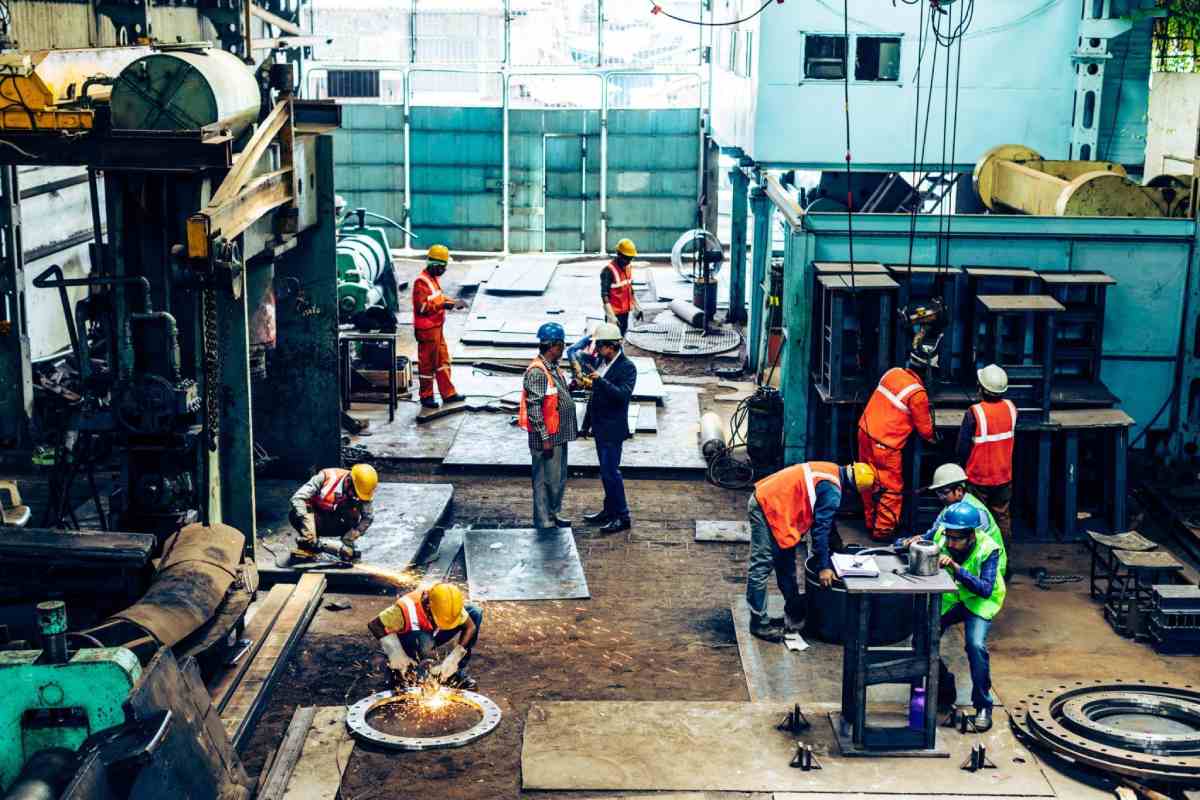In the past couple of centuries, the world has seen at least four significant industrial revolutions. Each revolution has been a response to the call of the times, with an assured increase in operational efficiency and productivity. It would not be an exaggeration to say that the current revolution has heavily driven the pandemic and led to its impact. So, what exactly is the current revolution, and what is Industry NeXT? Let’s find out!
Table of Contents
What is Industry NeXT?
Industry NeXT is based on the I4.0 foundation. It’s a transformational network that forms a complete ecosystem consisting of a finer blend of digital and physical services and products. The framework focuses on ensuring resilience in operations, along with delivering connected experiences.
The aim is to bring out contextual insights from the culmination of operations, facilities, and stakeholders. All these three aspects will remain linked by one digital thread to let organizations bring sustainability in processes, resilience in operations, and efficiency in digital and product based services.
The elements key drivers of Industry NeXT
The transformative power of Industry 4.0 Industry NeXT are will be driven by four key elements, and they are:
Sustainability –
Emergence of disruptive tech, major geopolitical changes, and looming climate change are the factors that can’t be overlooked any more. They further emphasize the importance of governance, social, and environmental strategies for a business. Thus, the need of the hour is to leverage the benefits of data insights, robotics, image analytics, and artificial intelligence to drive a sustainability goal that benefits the business and the planet at the same time.
Lifecycle values –
The pandemic brought forth a never-seen-before situation where businesses had to come to terms with demand fluctuations and complete disruption of the supply chain. Therefore, the companies have responded by shifting to a purpose-driven approach from a product-driven one. The idea is to generate value through an entire lifecycle of a product. With the proper use of technology and techniques, such as Private 5G, the end-to-end management can be simplified to such an extent that both downtime and customer onboarding times are significantly reduced.
Ecosystems and products –
Modern businesses, waking up in the post-pandemic era, would be faced with new market scenarios and major shifts in customer behavior. In order to stay afloat and relevant under these changed circumstances, businesses will have to work on their ability to innovate, while delivering value through autonomous operations in terms of products and services. They will pay attention to ways to reduce the go-to-market time, while enhancing the degree of personalization.
Newer business models –
Speaking of the post-pandemic world, businesses are relying on new industry 4.0 and next-generation technologies to drive cost efficiency and create better revenue streams. There has been an inherent change in the business models, including the process of onboarding, customer experience, and supply chain visibility. The businesses are managing all these changes while keeping a hand on cost savings and ensuring minimal downtimes.
The changes brought under Industry 4.0 are indicative of the next phase of growth and revolution for the organizations. The future surely looks brighter with increased opportunities and more efficient value creation.

